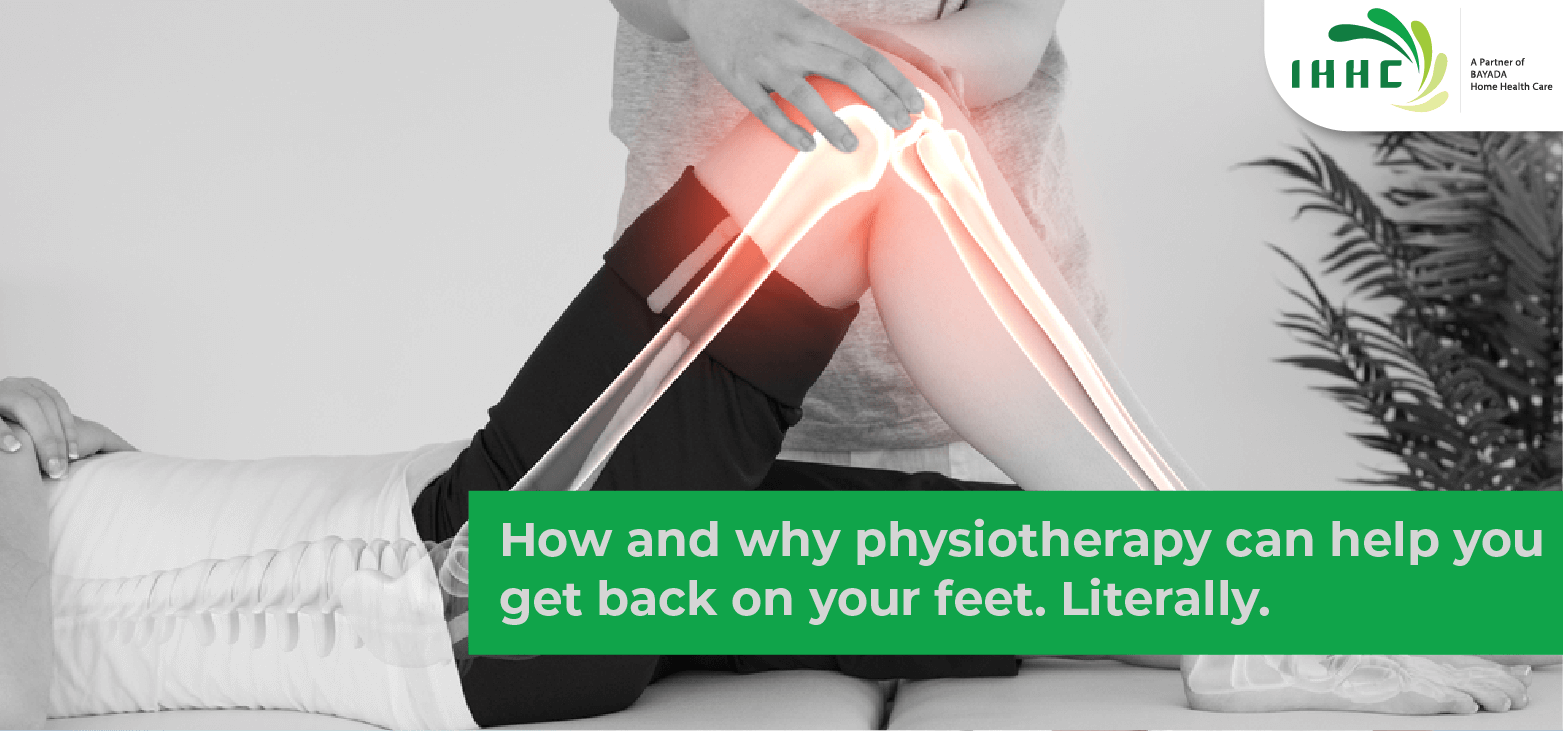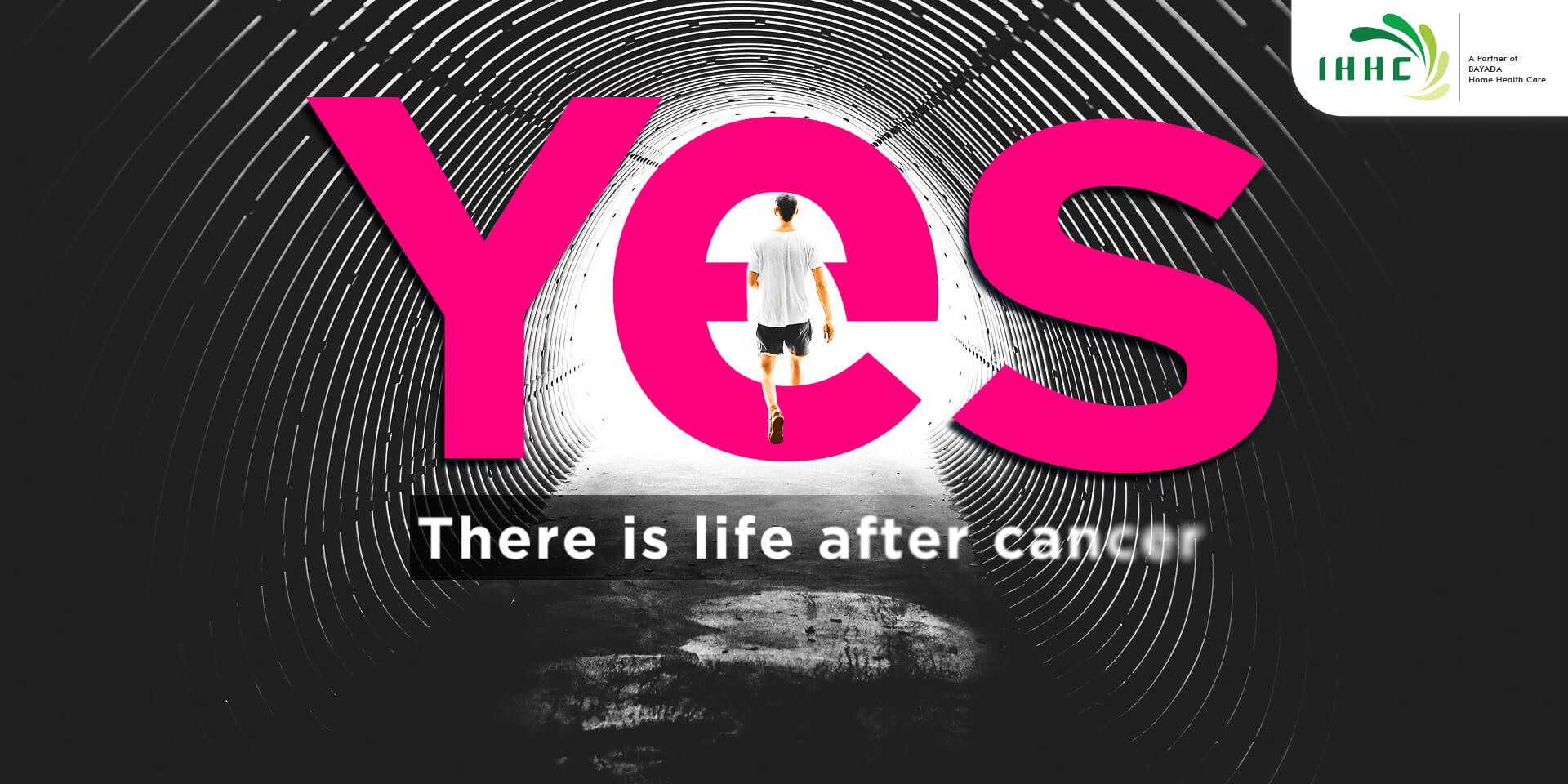Is there a need for home healthcare in India?
Is evolving from four legged mammals to two legged, upstanding examples of humanity, the reason why we humans have found it difficult to deal with the stresses and strains of life that impacts the human body? Does using two legs instead of four, stretching our neck to achieve impossible angles, bending our legs and backs constantly, give us reasons to run to physiotherapists – sometimes on a daily basis? The history of humanity is replete with health problems – especially those that affect the neck, back and legs. Could this have anything to do with that fact that man was not physically designed to get up on his hind legs and starting walking on two limbs instead of four?
Evolutionary fall-out for humans
"When our earliest ancestors started walking on two legs, they took the first steps toward becoming human," said lead researcher Michael Sockol of UC Davis, Jul 20, 2007. According to Sokol, “Fossil and molecular evidence suggests the earliest ancestors of the human family lived in forested areas in equatorial Africa in the late Miocene era some 8 to 10 million years ago, when changes in climate may have increased the distance between food patches. That would have forced early hominids to travel longer distances on the ground and favoured those who could cover more ground using less energy.”
According to the Smithsonian’s Science/Nature magazine (Aug 6, 2012), “It's not until the emergence of H. erectus 1.89 million years ago that hominids grew tall, evolved long legs and became completely terrestrial creatures. While the timeline of the evolution of upright walking is well understood, why hominids took their first bipedal steps is not.”
The curse of the modern man: injuries and diseases affecting the spine
“Back pain is the largest contributor to disability worldwide”, according to the most recent Global Burden of Disease study. So, why do so many of us suffer from back pain? Research suggests that evolutionary biology has pointers that could help to solve the mysteries of lower back pain. Hence, walking easily and swiftly, is compromised. As is sitting still, in one place, as in offices! Generally, back issues also affect the lower limbs – unless of course we just happen to injure them separately.
Lower back pain can and does affect people of all ages, but according to Kimberly Plomp (a human evolution researcher in the Department of Archaeology at Simon Fraser University), “there are many different factors, including human evolution that could influence whether someone is going to develop pathologies that would lead to back pain.”
Plomp explains that the “’rapid” evolution of humans' ability to walk on two legs may have a significant impact on human health. The gain of humans walking upright might have come with its own set of pain – namely in the lower back.”
What good can a physiotherapist do you?
Most of us appreciate and understand the pain, lack of mobility and psychologically debilitating impact on your health and well-being after an accident, illness, disease, post-surgical after- effects or just from the various issues that come your way as you age. Other than medical interventions, one of the key methods of getting you back to better physical shape and psychological equilibrium is through physiotherapy.
A physiotherapist will treat a patient using a range of manipulation, massage techniques, electrical therapies and exercise - to heal and restore movement. They treat back and neck pain, sciatica, arthritis, swelling in the joints, repetitive strain injury, sports injuries and cartilage, ligament and tendon damage. While many of these don’t directly impact the skeleton, they involve a range of muscles, tendons, ligaments and nerves that are attached to the bones of the human body. These are what the physio treats and aims to heal.
Trained and experienced physiotherapists can help you on the road to faster recovery through personalized attention and treatment. Specialist teams can help to manage your pain, improve stability, strengthen muscles and maintain balance and movement. Qualified physiotherapists can help you in your recovery and rehabilitation process through physiotherapy treatment that suits your needs the best.
Types of physiotherapy
- Orthopedic physiotherapy
- Neurological physiotherapy
- Sports physiotherapy
- Post-operative physiotherapy
- Specialized manipulative physiotherapy
- Chest/cardiac physiotherapy




